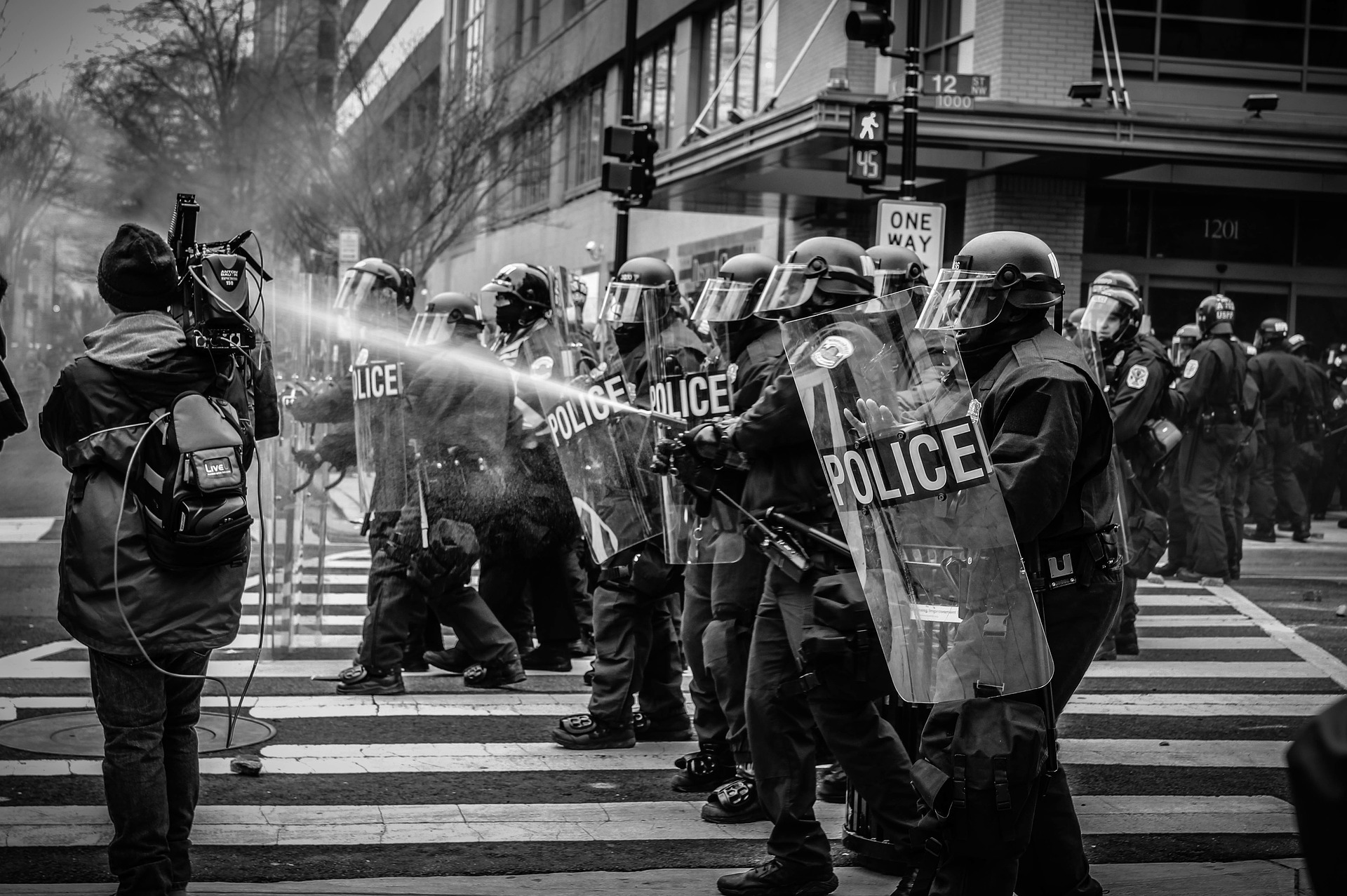The terms “excessive force” and “police brutality” are often used interchangeably, but they have distinct meanings. Excessive force refers to a situation where a government official, including law enforcement, uses more force than necessary to resolve a situation and protect the public and themselves from harm. On the other hand, police brutality specifically refers to situations where law enforcement officers use excessive force, typically during an arrest.
While excessive force has a wider scope of application than police brutality, both can result in damages that victims can recover.
The Supreme Court’s View of Deadly Force
In 1985, the Supreme Court set a benchmark for excessive force in the case of Tennessee v. Garner. The Court found that a police officer had used excessive force by shooting an unarmed teenager who was fleeing a burglary and posed no immediate threat. The Court established two requirements for the use of deadly force: that it was necessary to prevent the escape of a suspect, and that the officer had probable cause to believe the suspect posed a significant threat of death or serious physical injury.
Since the Garner decision, the definition of excessive force has expanded to include any situation where an officer’s use of force was unreasonable or disproportionate to the circumstances. This means that victims of excessive force can seek legal recourse in a broader range of cases.
Defining Excessive Force in Oklahoma
Law enforcement officers have the authority to use reasonable and necessary force to protect themselves or others and to make an arrest. However, if they use more force than is necessary or reasonable for the situation, it may constitute excessive force. In cases of police brutality or excessive force, the question of whether an officer used reasonable or excessive force is typically determined by a jury, which weighs all the facts available to the officer at the time to determine whether excessive force was used.
Recognizing the subjectivity of the excessive force analysis, courts have developed a Use of Force Spectrum to assist juries in identifying excessive force. The Supreme Court has affirmed that the right to make an arrest or investigatory stop includes the right to use some degree of physical coercion or threat. However, the degree of force used must be proportional to the perceived threat and can only escalate in response to the threat.
This means that officers should use the least amount of force necessary to accomplish their objectives and should not use excessive force even if a suspect is resisting arrest.
Forms of Police Brutality or Excessive Force
Whenever an officer uses excessive force or more force than is necessary to resolve a situation, the result is p




